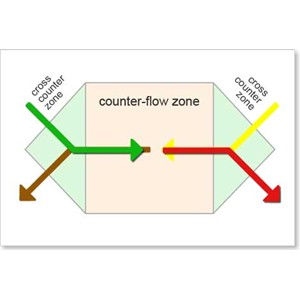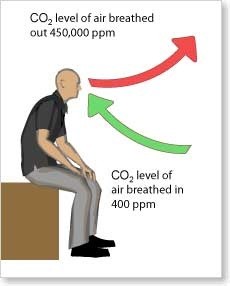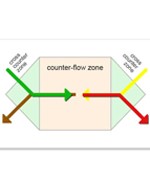What is an Energy Recovery Ventilator?
4/25/2014
Today’s building requirements demand improved energy efficiency and air quality standards for residential and commercial HVAC systems. In addition, as new buildings become more airtight, there is an increased demand for contractors, engineers and system integrators to improve the performance of mechanical ventilation systems.
How Energy Recovery Ventilators Work
An Energy Recovery Ventilator, also known as an Enthalpy Recovery Ventilator (ERV) is an essential component in an HVAC system as it improves indoor air quality by bringing in the fresh air, reduces energy consumption
Read More



